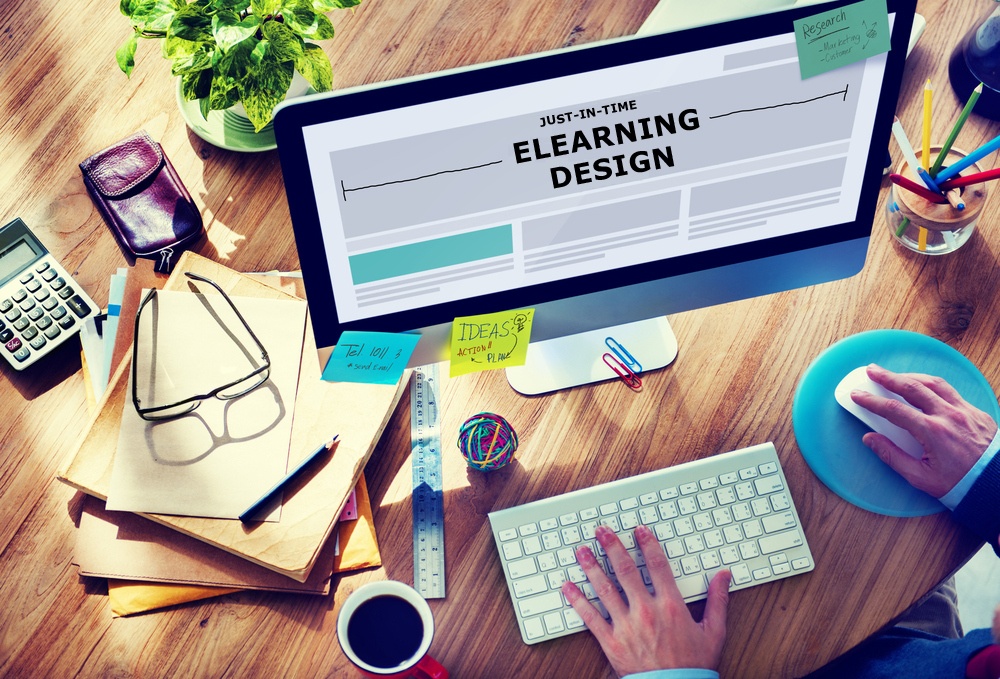Unlocking Knowledge, One Nanolesson At A Time
Learning is a natural process that almost all living organisms exhibit. Research now shows that even plants are capable of learning. That’s what a study conducted by Monica Gagliano and her team on the sensitive plant (Mimosa pudica) indicates. But the art of encouraging human beings to learn has become a complicated endeavor. Gone are the days when you could keep learners engaged with long discourses with hardly a diagram in sight. The main villain in this scenario is our diminishing attention span.
Keep Still O' Wandering Eyes: Addressing The Diminishing Attention Span With Nanolearning
Based on a study by Microsoft in 2015, the average attention span of an individual has reduced to about 8 seconds, which is shorter than that of a goldfish. This decrease in attention span can be attributed to several modern reasons including the widespread use of technology. We live in a world of distractions where we check our phones every 12 minutes! The decreasing attention span of human beings has significant implications for society. It can make it harder for people to learn and retain information, which can have negative effects on education and job performance. This is exactly what nanolearning helps avoid.
Bundle Me Up Into Nano-Bites: The Origins And Perks Of Nanolearning
Nanolearning refers to the breaking down of complex learning topics into small bite-sized pieces of information that can be quickly and easily consumed by learners. It is based on the idea that people learn best when they are able to engage with information in short bursts, rather than trying to absorb large amounts of material in one sitting.
Origins
Clive Shepherd, a Learning and Development consultant, coined the term nanolearning. He first used this term in a blog written by him in 2005. He used it to describe learning that involves delivering content in short, focused bursts. While he does deserve credit for coining the term, this method of breaking down complex topics into smaller pieces of information has been prevalent for a long time in the education industry, especially in learning languages. The use of flashcards is a prime example of this.
A study published in the Journal of Applied Psychology in 2017 concluded that participants who received nanolearning interventions had better knowledge retention and transfer compared to those who received traditional long-form training, ultimately leading to better outcomes and improved performance. Another research supporting the same is one published in the International Journal of Engineering Education which found that nanolearning materials were effective in improving the performance of engineering students on exams. The researchers attributed this to the fact that the materials were more targeted and focused, which helped students retain the information better.
Perks
One of the key perks of nanolearning is how customizable it is. Courses can be designed with content in multiple formats like videos, podcasts, and even quizzes, making learning highly engaging. Nanolearning can be designed by taking into account various factors such as the target audience, content, and goals. This approach ensures accessibility and engagement across different age groups, while also delivering a continuous flow of captivating content.
Nanolearning helps professionals hone new skills as it promotes continuous learning by encouraging learners to engage with content on a regular basis. For example, Microsoft has a program called "Office Shorts" that delivers short videos (less than 2 minutes) to teach employees how to use different features of Microsoft Office. The American Heart Association has a program called "Life is Why" that delivers short, animated videos to teach healthcare professionals about heart disease and stroke. LinkedIn Learning offers a library of short video courses on topics like leadership, communication, and data analysis.
The Possibilities Are Endless
Today’s Instructional Designers have the advantage of being able to use tools that enable you to package learning in personalized learning paths while keeping the learner engaged with gamification. Courses built on the principles of nanolearning can be made more engaging with anecdotal storytelling. This makes learning experiential and helps move the needle when you want to bring about behavioral changes in your audience.
As new developments arise in the tech sector, like the refinement of Augmented and Virtual Reality along with the increase in the overall usage of wearable devices like mobile phones and smartwatches, the concept of nanolearning is likely to revolutionize the learning industry making knowledge of all kinds more accessible and engaging for all age groups.









